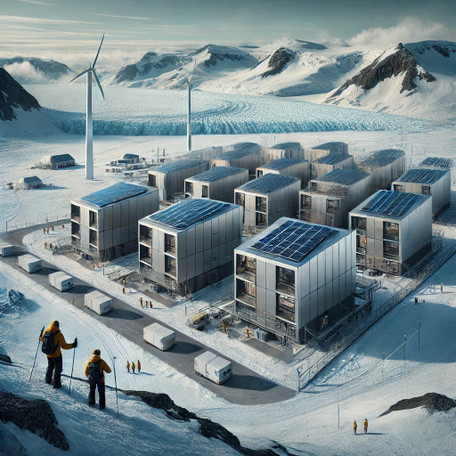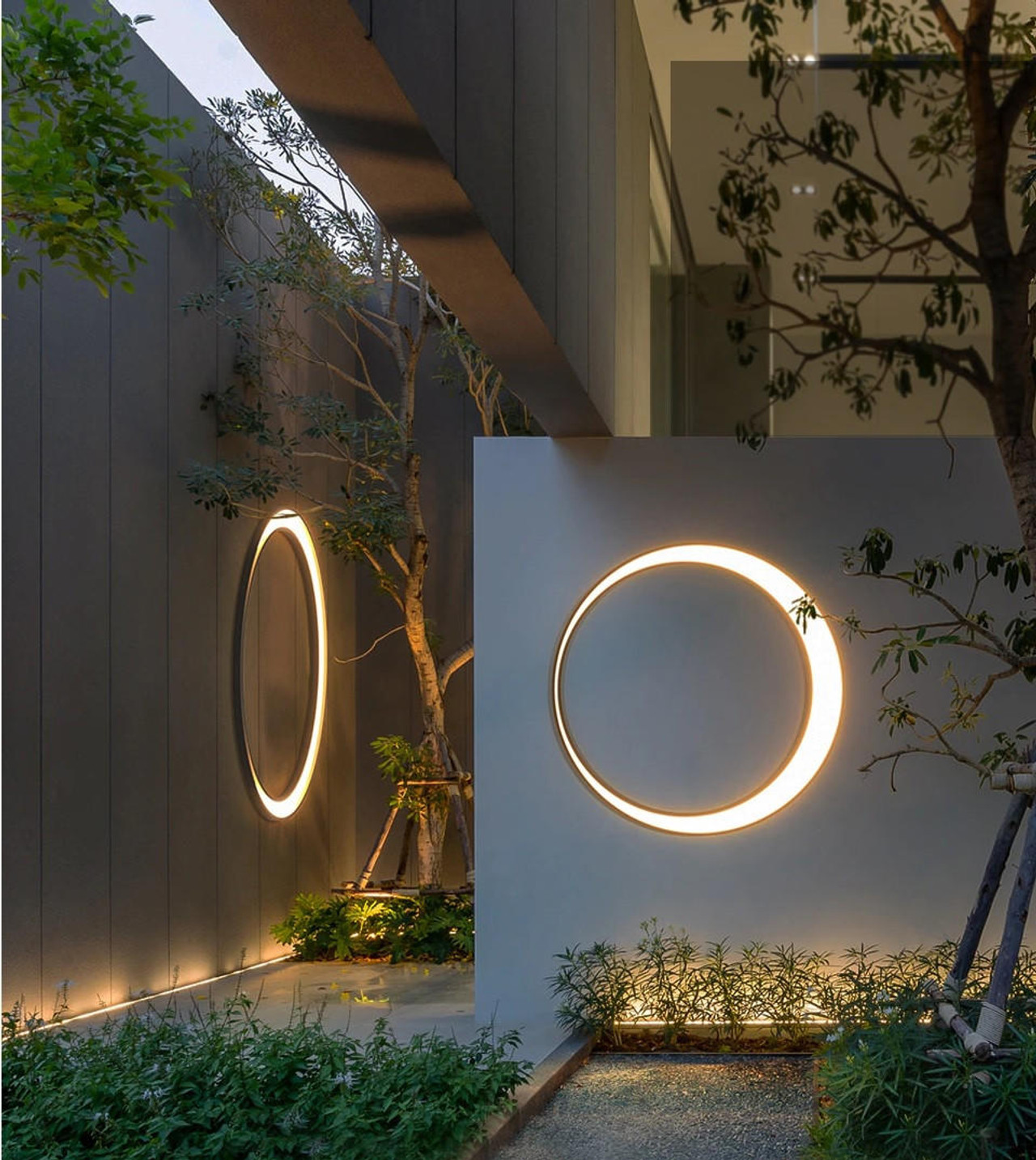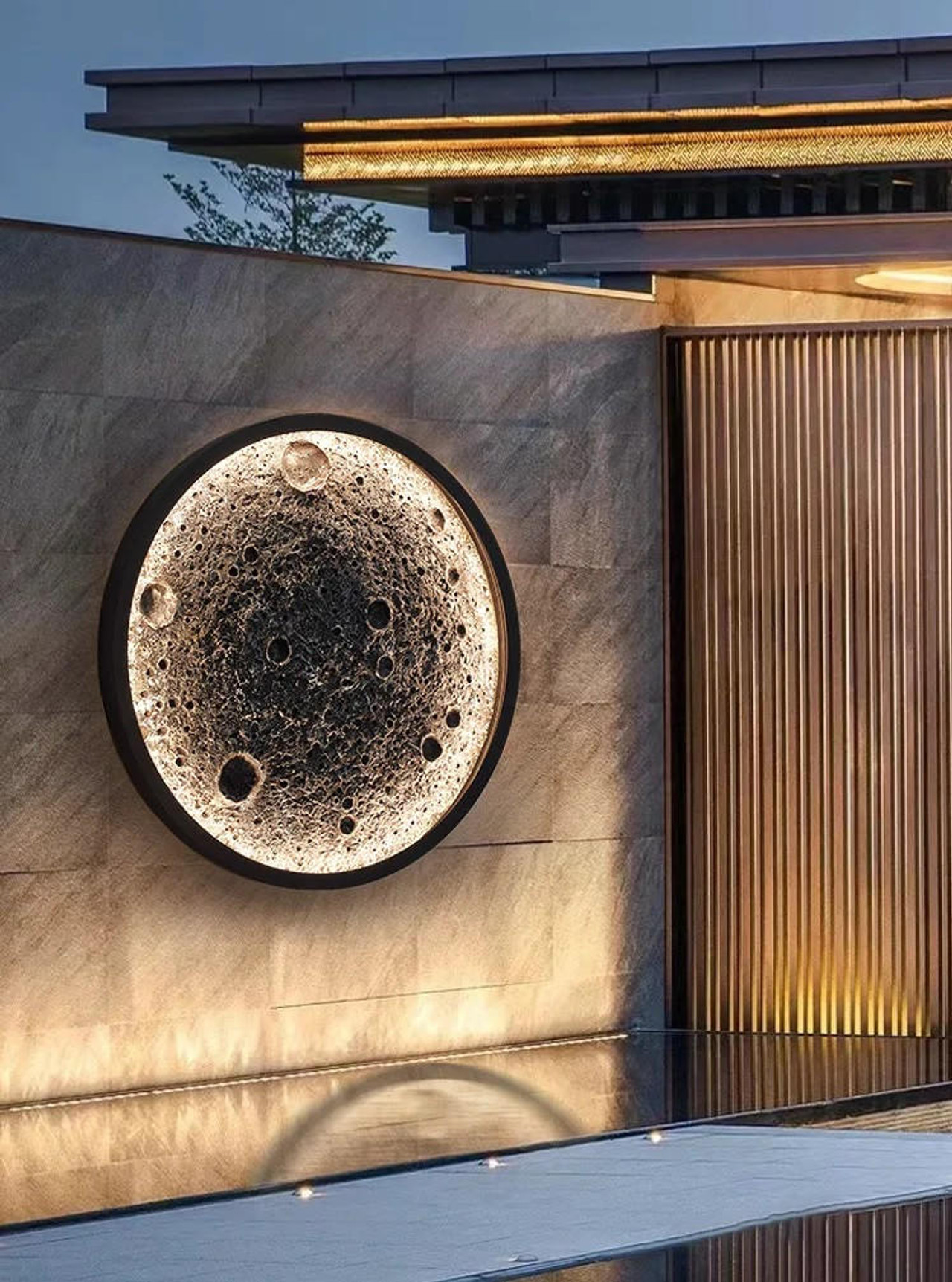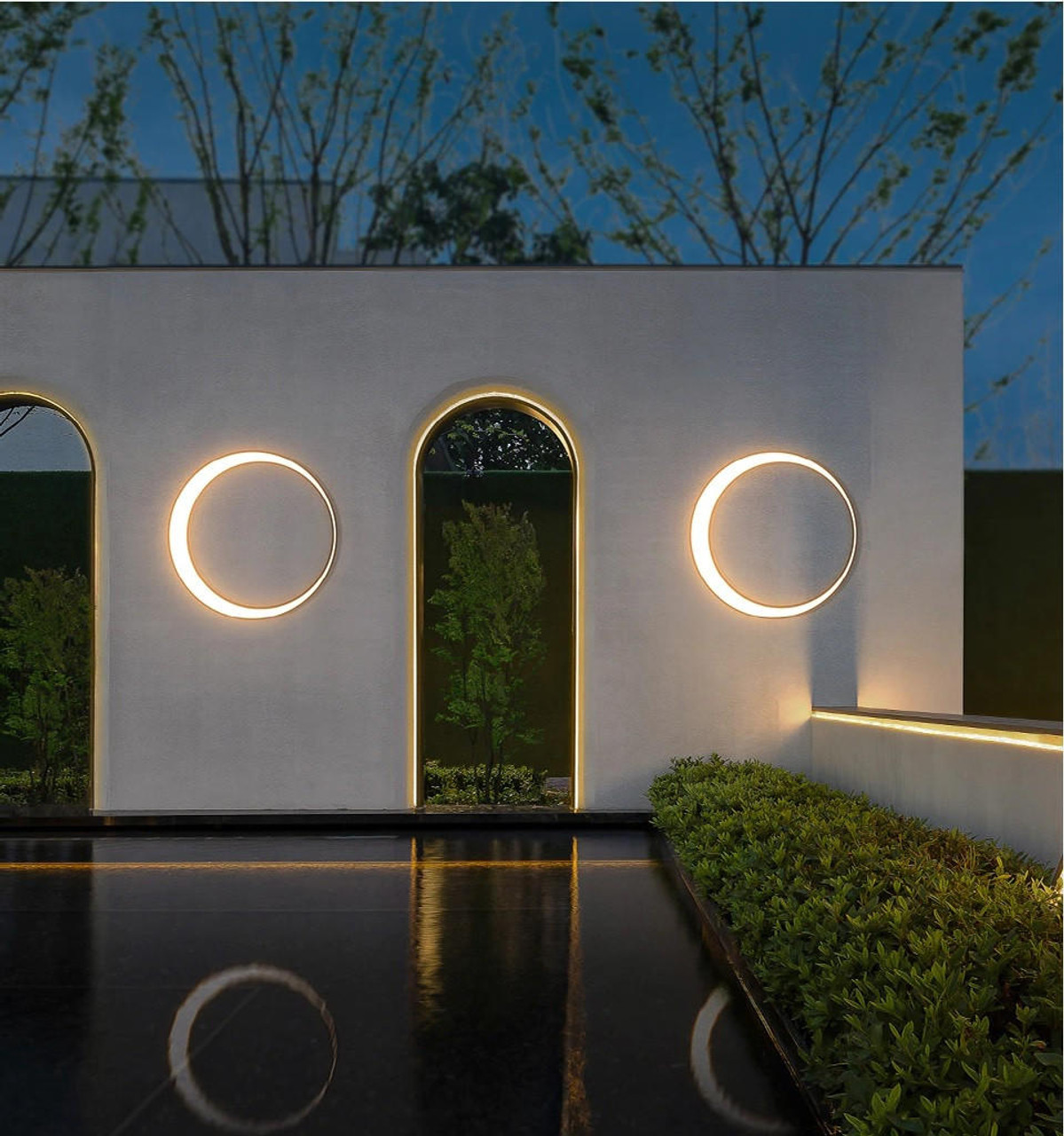Pushing Boundaries: Lessons from Antarctic Architecture for Global Sustainable Design
Aug 15, 2024
Cape Shirreff in Antarctica recently recorded temperatures around 14°F (-10°C), but when factoring in wind gusts reaching 55 miles per hour (89 kilometers per hour), the perceived temperature dropped to a chilling -16.6°F (-27°C). These harsh conditions highlight the extremity of Antarctica's environment, starkly contrasting with the global heatwaves of July 2023, where temperatures soared to an average of 63.3°F (17.15°C). Such simultaneous extremes reflect the growing volatility of our global climate.
Surprisingly, the coldest regions on Earth, like Antarctica and the Arctic, are the most significantly impacted by global warming. Earlier this year, British polar explorer Felicity Aston MBE underscored this reality during her all-female Arctic expedition, aptly named B.I.G. (Before It’s Gone). Originally intended to study microplastics in sea ice, the mission had to be adapted due to the increasingly unstable ice conditions. The once-stable ice sheets are now so precarious that traditional ski expeditions to the North Pole are becoming increasingly dangerous and, at times, impossible. This situation starkly illustrates how the polar regions are at the forefront of the climate crisis.
Antarctica, often viewed as the frozen core of our planet, is undergoing significant changes. Since 1950, the continent’s average annual temperature has risen by 5.4°F (3°C), the highest increase in the Southern Hemisphere. This warming trend has accelerated the disintegration of ice shelves, contributing to rising sea levels and potentially disrupting global ocean currents.
Given these challenges, conducting scientific research in Antarctica is of paramount importance. The scientists stationed there play a critical role in deciphering the unfolding climate crisis and understanding its broader implications for the world. However, conducting research in such a harsh environment requires the construction of buildings that can withstand extreme weather conditions while remaining self-sufficient and sustainable. Building in Antarctica is no easy task, but it is essential for the continuation of crucial research.
One such example of innovative construction is the Holt Watters Field Camp at Cape Shirreff. This camp serves as a vital base for the Antarctic Ecosystems Research Division of NOAA Fisheries, where scientists study the health, behavior, and diets of local seabirds and pinnipeds. After 20 years of use, the camp’s facilities were in dire need of renovation. The task of modernizing this remote outpost was undertaken by the Colorado Building Workshop at the University of Colorado, Denver, in collaboration with Bespoke Project Solutions.
The new camp buildings exemplify resilience and practicality. Spanning 2,000 square feet (185 square meters), the main campus consists of three prefabricated structures. No component is larger than 1 by 4 by 16 feet, making them easy to transport via zodiac dinghies. The lightweight materials used meant that no more than four people were needed to assemble any part of the structure. The entire facility was constructed during a single austral summer, the brief window when Antarctic weather permits such work. Additionally, the prefabrication process was designed to minimize construction waste, aligning with the project’s sustainability objectives.
By early 2024, the Holt Watters Field Camp was completed with two primary buildings featuring offset gable roofs designed to collect rainwater—the only source of fresh water for the scientists. A third structure behind the main buildings acts as a windbreak, preventing snow accumulation in the courtyard. The roofs are also equipped with photovoltaic panels, providing clean, renewable energy to power the camp’s operations.
Not only is the camp self-sufficient, but it is also designed for minimal maintenance. The exterior is clad in light-interfering color stainless steel, with 75% of the material being recycled. Inside, water-resistant Meranti plywood conceals thick insulation, creating a comfortable and efficient working environment for researchers. This minimalist design approach ensures that the camp can withstand Antarctica’s harsh conditions for many years.
The simplicity and functionality of the Holt Watters Field Camp are driven by necessity. Antarctica is an unforgiving environment where overly complex designs are impractical. Every element of the camp serves a specific purpose, contributing to the overall mission of scientific research in one of the most extreme environments on Earth.
Interestingly, the design principles employed in Antarctica are beginning to influence sustainable architecture worldwide. The philosophy of “use only what you need” is one that humanity has largely forgotten but is becoming increasingly relevant in our pursuit of sustainable development.
Further south, the British Antarctic Survey’s Rothera Research Station has also undergone significant upgrades as part of the Antarctic Infrastructure Modernisation Programme. A major milestone in this project was the resurfacing of a 32-year-old airstrip, completed last month. The project utilized rock from a previous construction on the same peninsula, significantly reducing the environmental impact by minimizing the need for new materials and cutting down on transportation emissions.
In addition to the airstrip, the station’s drainage system was improved to enhance its resilience against the elements. Solar panels were installed to provide clean energy, making the station more self-sufficient. The newly constructed Discovery Building, dedicated to scientific research, features high levels of insulation, ensuring a warm and protected workspace for the research teams.
What makes the Rothera project particularly remarkable is the dedication of the workers involved. Joiners, electricians, and other tradespeople “wintered” with the on-site team, continuing their work even during the long, dark Antarctic winter months when conditions are at their most challenging. The commitment and hard work of these individuals are essential to ensuring that scientific research in Antarctica can continue without interruption.
The polar regions, with their extreme environments, are bearing the brunt of climate change, and their fragile ecosystems will likely be the first to experience irreversible changes due to human activity. As Felicity Aston’s B.I.G. expedition revealed, the polar regions are deceptively vulnerable, and the urgency to study these areas before they are irrevocably altered is paramount.
Architects and engineers working in Antarctica are not only supporting essential scientific research but are also pioneering sustainable design practices that could benefit the world. The lessons learned from building in such extreme conditions—where simplicity, efficiency, and sustainability are crucial—should be adopted by architects and designers globally as we face the growing challenges of climate change.
In conclusion, the innovative approaches to construction in Antarctica, exemplified by the Holt Watters Field Camp and the Rothera Research Station, offer valuable insights into how we can build more sustainably in other parts of the world. As climate change continues to reshape our planet, the need for resilient, sustainable architecture will become increasingly critical. By looking to the extremes, we can find solutions that help us all live more harmoniously with our environment.





